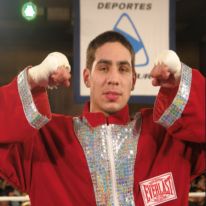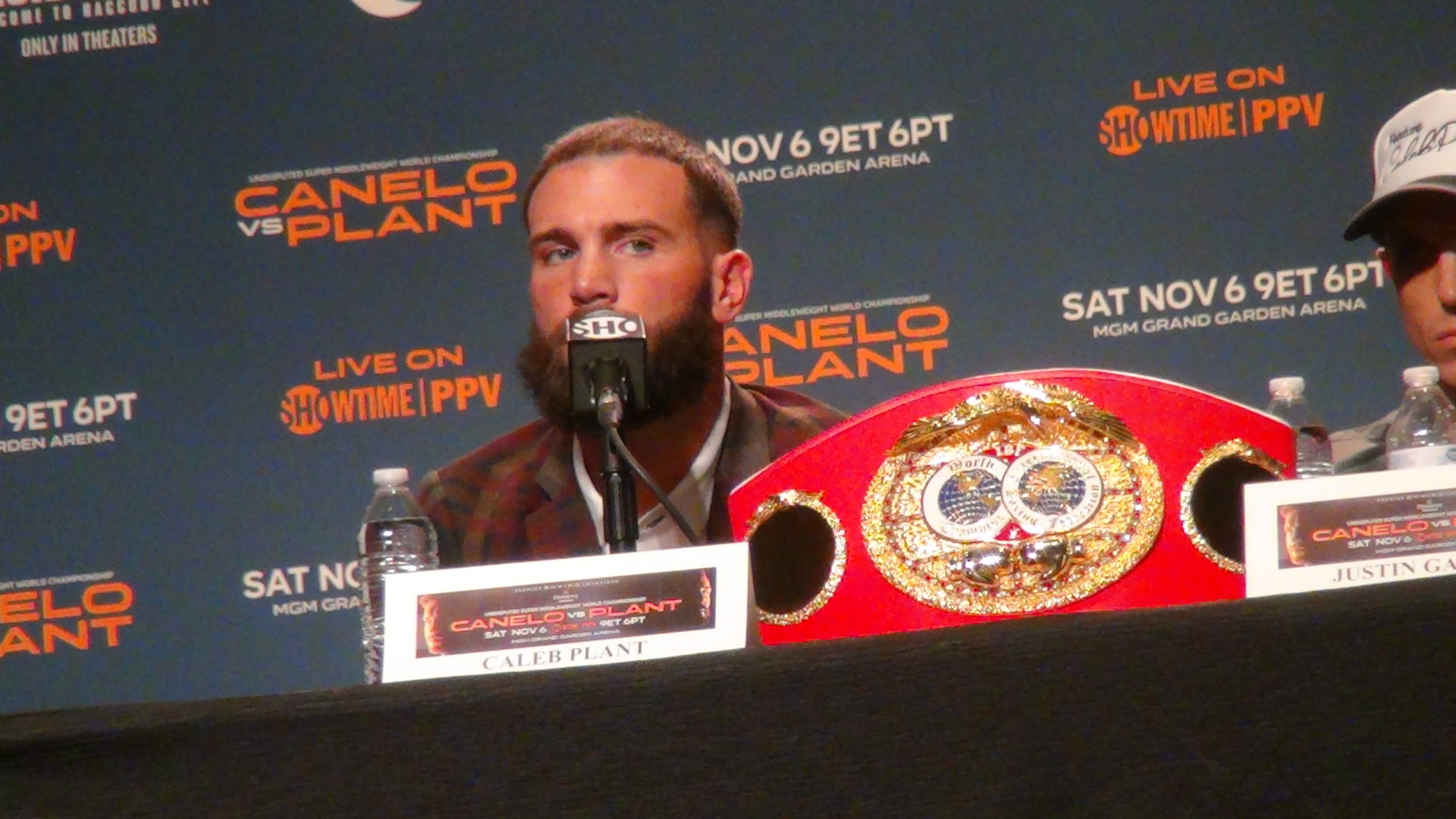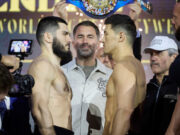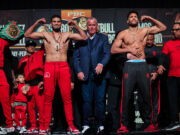
Philadelphia junior welterweight Danny Garcia was gradually fading against Erik Morales in March. The old Mexican master was coming forward in Houston’s Reliant Arena, and having taken away one of Garcia’s best punches, winning rounds and remembering his legacy. Then Morales began a right uppercut, moving forward and from distance – two mortal sins in one punch – and Garcia put his life behind a left-hook counter, and Morales crumbled.
In the final minute of the third round of his fight with Amir Khan Saturday in Mandalay Bay, Garcia was gradually missing Khan by wider and wider margins. Then Khan, catalyzed by the prospect of not being hit, began a right uppercut, moving forward and from distance, and Garcia put his life behind a left-hook counter, and Khan crumbled. The rest were details that ended with this line: Garcia TKO-4 Khan.
Danny Garcia used proper footwork to stand his ground from the opening bell, Saturday, choosing to be a fighter – not merely an athlete. The slower-reflexed man, Garcia took Khan’s first shot over and again and threw a dozen counter left hooks and overhand rights, which landed or barely missed, before he got the definitive punch of his career to come home. It struck Khan on the neck, arriving from an overshot place behind the ear, and rattled Khan’s stem enough to shake his brain, claim his equilibrium, and give him a storefront on Queer Street memorable as where Zab Judah set up shop against Kostya Tszyu in 2001. Khan’s footwork was worse with communication severed from his central nervous system to his lower body, yes, but only marginally so.
It’s not that Khan is a victim of brave choices – a man like that, after all, would have re-fought Marcos Maidana a couple Aprils ago instead of cherrypicking Paul McCloskey – rather it’s that Khan has enormous technical flaws boxing’s star system continues to overlook because it does not fit the narrative of a handsome, multicultural “warrior” with “fast hands” and “so much heart”
That is the confection boxing’s star system tried, and tried again, and will try at least one more time, to make of Khan. But boxing, bless its dark and easily corruptible heart, always finds the truth in its ring eventually, and the truth is this: Amir Khan, while a very decent and telegenic young athlete, is not a championship caliber fighter. He never has been because he is missing something, and it is not the obvious thing.
What Khan is missing is a certain willingness to be hit, and that is a flaw that unless one is a defensive specialist, professionals like Garcia and Maidana and Lamont Peterson will discover with an almost audible “Eureka!” and exploit. Even Garcia, a light hitter requiring an opponent’s wrong-leaning momentum to score a knockdown, threw haymakers, both counters and leads, from the fight’s opening minute. Why? Because he realized that, unlike Morales before him, Khan is not wired to step inside a wild punch and abuse its mania. Khan is hardwired to show athleticism – to leap backwards and demonstrate for euphoric onlookers how quick he is of hand and foot from the (way) outside. So long as Garcia threw threatening punches, then, he could trust Khan’s counters would be late-arriving and halfhearted when they got there.
Give Khan a chance to step forward, front-run and lead, and he’ll make a heavybag of you. But hurl crazy punches his way, and Khan’s first instinct, one trainer Freddie Roach has been unable to overcome, much to his reputation’s chagrin, is to flee momentarily and return once the craziness abates. It takes an opponent of incredibly little power across from him, a Paulie Malignaggi, say, for Khan to commit to a proper counter.
Khan’s handlers and their enablers thought they had that guy, again, with Garcia, a man who’d needed the full 36-minute distance to beat a fat and semiretired Erik Morales, and had only stopped 14 of his first 23 opponents. They were wrong, but do not expect them to admit it. Danny Garcia is not the guy they want. He’s prickly in his garish tiger stripes. He’s more Philadelphian than Puerto Rican but just Puerto Rican enough to not invoke images of Joe Frazier or Bernard Hopkins. “I want to thank God, I want to thank Al Haymon,” Garcia said immediately after stopping Khan, “he changed my life!”
And Garcia’s dad is a racist and a bigot, too. Goodness gracious, but when did boxing become about nonviolent expressions of offense? Yet, as part of Saturday’s HBO event, viewers were treated to broadcaster-cum-advocate Jim Lampley laying into Garcia’s dad like it was a cable talkshow. It was a better time when networks’ prefight meetings were candid affairs, and someday their programmers will rue broadcasting such footage.
It was a better time to be an aficionado, too, when broadcasters were not advocates, when they simply called both fighters’ punches and did not try to sell an audience the narrative most favorable to their last, or next, side project. But bad as Lampley was Saturday, that’s how good Max Kellerman was. He was the one member of HBO’s team who saw Garcia land several significant punches before the one that dropped Khan in a heap and made it a technical impossibility to celebrate Amir any further.
Saturday Garcia unified three titles in the junior welterweight division, though the path to that “unification” – as outlined by David Greisman on Twitter – does brings a chuckle. This Garcia knockout win, then, was not what was planned or promised, but aficionados are nimble enough to pivot like the Philadelphian, celebrate a great performance by an underestimated talent, and enjoy whatever comes next. We’ll see if the star system’s footwork is good as Khan’s.
Bart Barry can be reached at bart.barrys.email (at) gmail.com






















